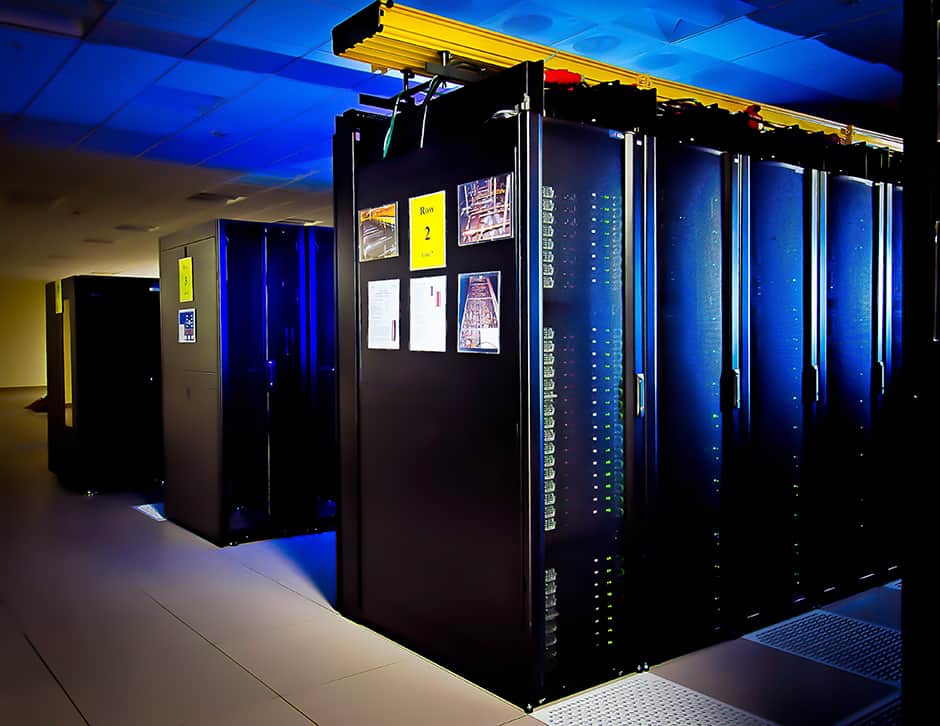The University of Toronto, Chematria, a U of T-based startup, and IBM recently announced a new partnership for finding potential cures for the Ebola virus using a computer modelling system.
First recognized in 1976, the Ebola virus has remained a mystery despite continuous research effort to battle the virus. Since March 2014, the virus has become widespread in several West African countries, affecting more than 15,000 people with a fatality rate of 36 per cent. The transmission rate has reached an alarming level, yet an effective treatment still eludes us. Moreover, the speed at which treatment and vaccine research is going may not be fast enough.
However, this new partnership may just be the boost we need in this race.
Armed with an IBM 64,000-CPU blue gene/Q, the most powerful computer in Canada, the research partnership will use artificial intelligence technology to predict the functions of new drugs without any physical laboratory testing. The technology is based on deep learning neural networks.
“[It] uses machine learning approaches inspired by the human brain,” explains Dr. Abraham Heifets, Chematria co-founder and CEO. He adds, “Some of the structures which they use in some of the inspirations for those approaches look very much like some of the behaviours of the mammalian visual cortex.”
In a sense, the program can “think” like a human chemist and work in a virtual lab.
This technology has shown promise before in other research. Chematria has used this virtual platform to find new uses for existing drugs for Malaria treatments.
Heifets believes that this method provides significant advantages. “We are beginning by looking at drugs that have already been approved,” he says, adding, “This is good for Ebola because we are starting with approved drugs. We can move much faster and expedite some of the safety work.”
If this method succeeds, it has the pontential to transform the pharmacology industry and clinical research. “There are far more experiments you could run than you’re able to run,” says Heifets adding, “You have to prioritize which experiments you get to do… You always have to make judicious choices [although] this platform can significantly shorten research time while allowing more experiments.”


